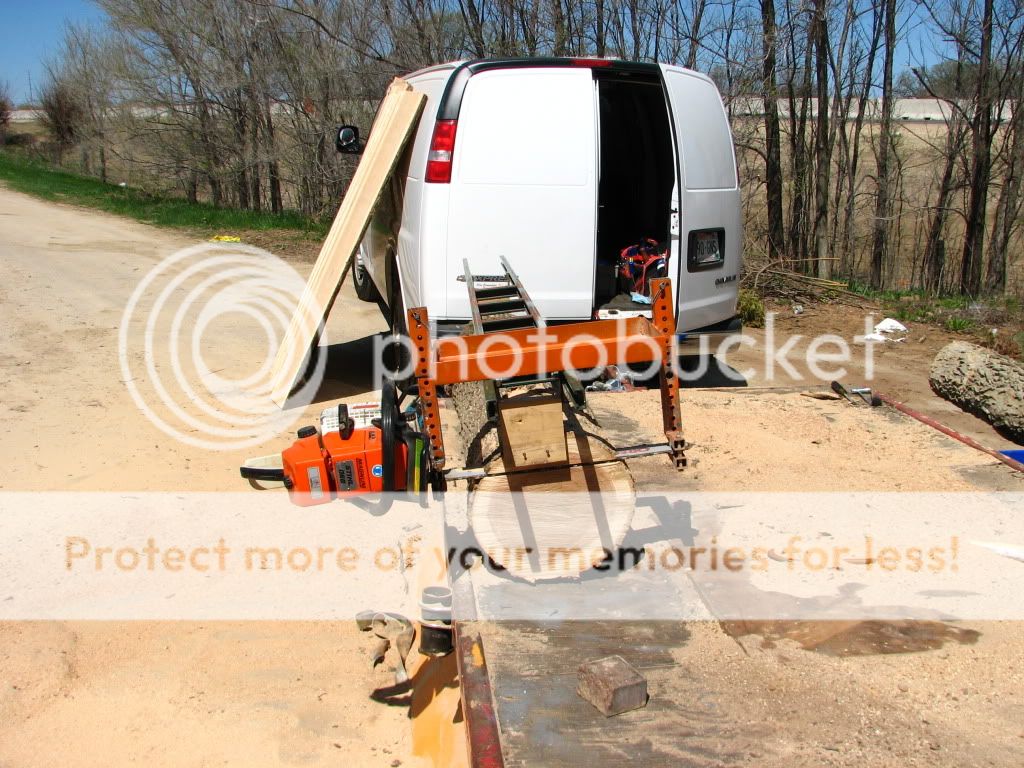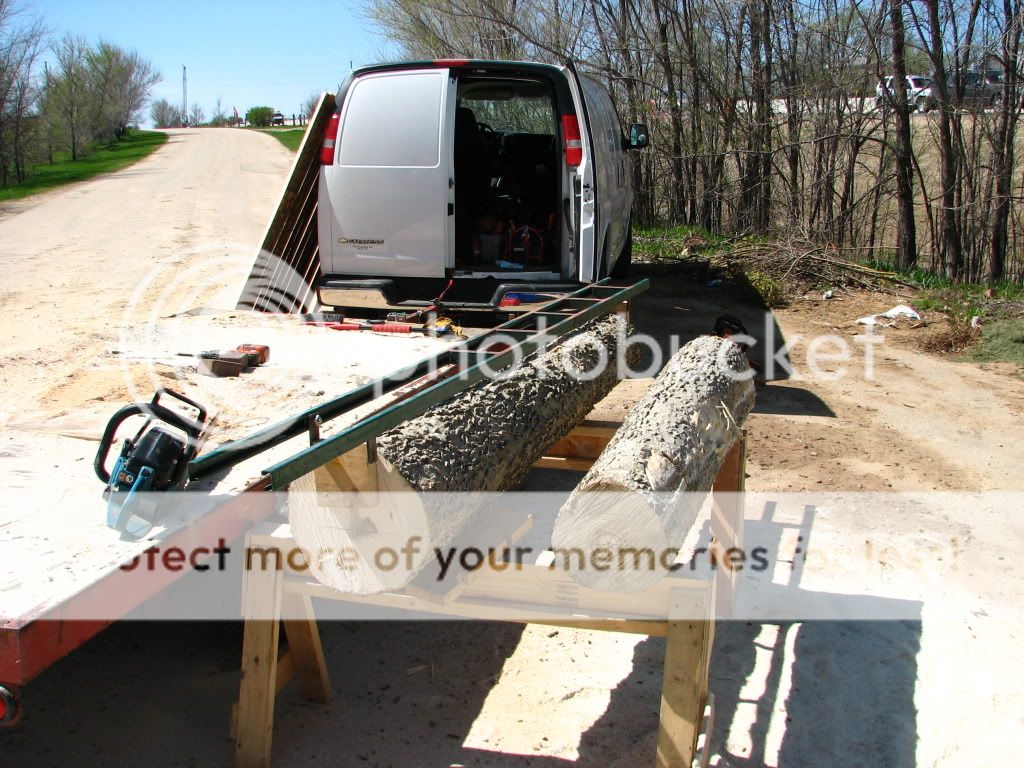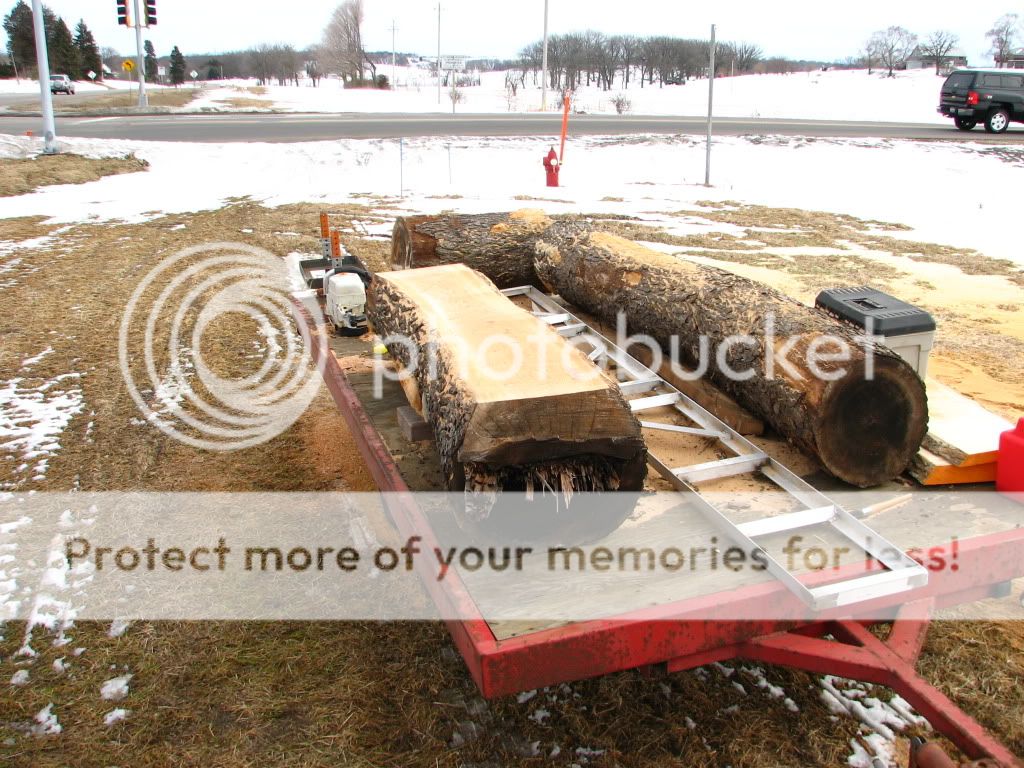Hello,
I came on this site looking for information on turning a tree into usable lumber...realized that the term milling didn't just apply to grain (ignorant - sorry) and learned the etymology of the last names Miller and Sawyer.
My question to all of you is whether or not a thread exists on this site that describes to someone with zero (and I mean ZERO knowlege about milling wood) that lays out the terms and process of turning trees into lumber. Please don't rehash information that's already been laid out in another thread - if somebody just knows which thread I should search for, that would be more than enough. If it seems far too basic to all of you, that's probably what I need to read.:redface:
Doesn't have to stop with this website - if there's a book out there that I should be reading that would be just as useful if anybody has any recommendations. I know the only real way to learn is by doing - I would like to pick up the terms and the basic idea of the process.
Cheers...
Jon C.
I came on this site looking for information on turning a tree into usable lumber...realized that the term milling didn't just apply to grain (ignorant - sorry) and learned the etymology of the last names Miller and Sawyer.
My question to all of you is whether or not a thread exists on this site that describes to someone with zero (and I mean ZERO knowlege about milling wood) that lays out the terms and process of turning trees into lumber. Please don't rehash information that's already been laid out in another thread - if somebody just knows which thread I should search for, that would be more than enough. If it seems far too basic to all of you, that's probably what I need to read.:redface:
Doesn't have to stop with this website - if there's a book out there that I should be reading that would be just as useful if anybody has any recommendations. I know the only real way to learn is by doing - I would like to pick up the terms and the basic idea of the process.
Cheers...
Jon C.







